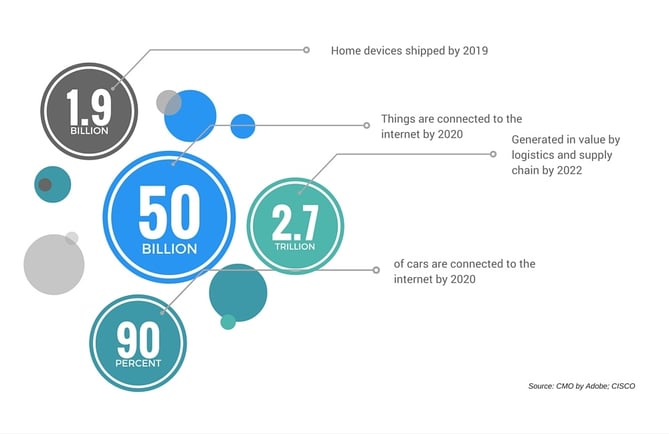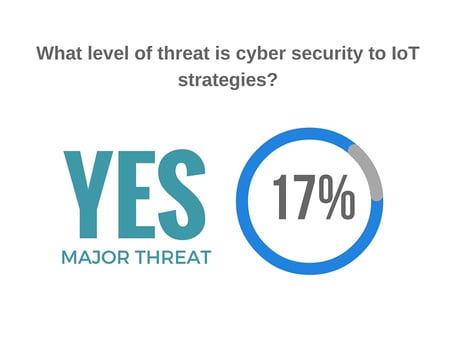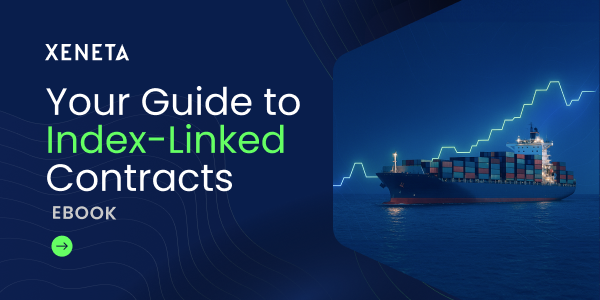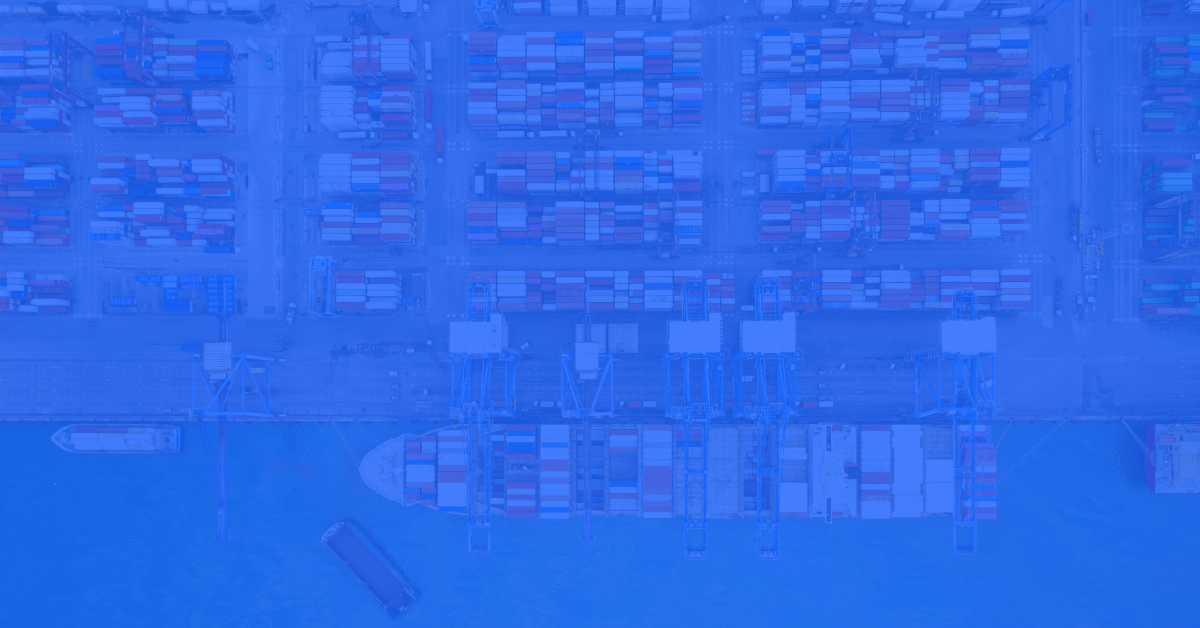The Internet of Things (IoT) is revolutionizing supply chains world-wide. Eye for Transport (eft) recently surveyed 600 supply chain decision makers to learn more about this fast growing trend. For those unfamiliar with IoT, technology research company, Gartner, defines it as a “network of physical objects that contain embedded technology to communicate and sense or interact with their internal states or the external environment.”

According to eft’s survey, location, security and temperature are the top three types of information companies are looking to gain from IoT in their supply chain. However, as noted by eft, location is becoming a standard and in today’s environment, companies are looking to differentiate themselves and as a result, other types of data such as speed, humidity levels and vibration will continue to gain in popularity.
Customers Come First
The ability to obtain useful information is definitely important and for most survey respondents, information to better improve customer service is the primary reason why companies are deploying IoT. Along with improving customer service, providing customers with more frequent updates on shipment pick-up or delivery and improving speed, delivery time frames are other top reasons.
IoT is also finding its way for providing real-time information and operational visibility. Barcodes are still the leading type of technology for this but survey results showed IoT use increased 19%. Regarding the type of shipments in which users are looking to improve operational visibility the most, land shipments received the most responses with 80% followed by air shipments with 50% and sea shipments with 33%. Eft notes that the growing preference toward IoT will continue as more and more companies see payback from their IoT investments. In fact, the survey found that a 24 month period is the typical payback time frame.

As IoT continues to be adopted, an interesting survey question caught our eye – What level of threat is cyber security to IoT strategies? Almost half of respondents (47%) indicated a moderate threat while 32% noted the potential cyber security threat was minor. Only 17% indicated it as a major threat. Perhaps it’s still early in the IoT adoption phase to consider such threats but as more and more embrace IoT, security will need to be taken into account.
Market research firm, IDC, estimates the IoT global market will reach $1.7 trillion by 2020. As such, supply chains are adopting this concept at a quicker rate as supply chains become more customer-centric.
IoT + Price Market Intelligence = Happy Customers. Happy Shippers
When applied to the ocean freight industry, the importance of the hailed customer-centric strategy is even more prevalent, as shippers strive to make sure they have their inventory on time in their stores.
With the ups and downs of the current ocean freight prices, shippers need to guarantee that their cargo is getting to the POS when their customers expect it. IoT capabilities during and after shipment coupled with market intelligence on rate market movements prior to shipment make for a match made in heaven for a healthy functioning supply chain.
Want to learn more?
Sign up today for our upcoming monthly State of the Market Webinar to stay on top of the latest market developments and learn how changing market conditions might affect your contract negotiations.
PS: Missed the LIVE session? Sign up to get the full webinar recording.
.png)

-1.jpg)




